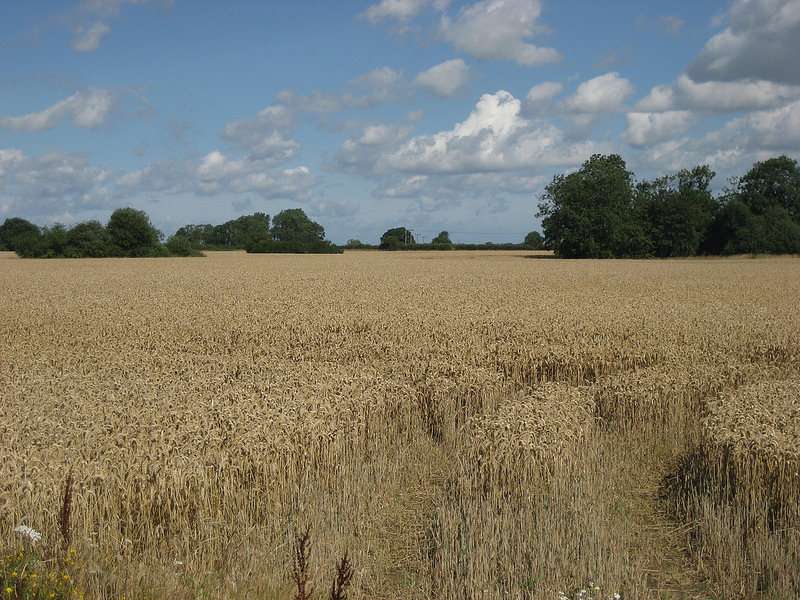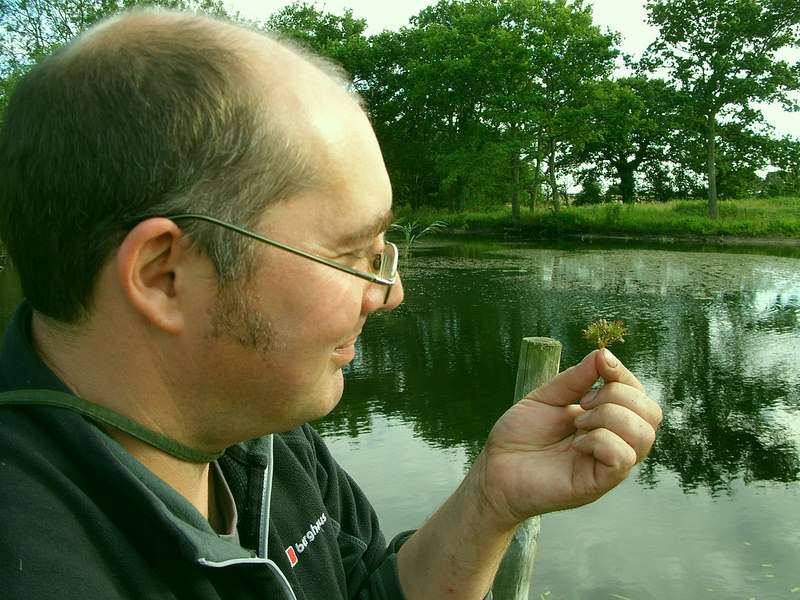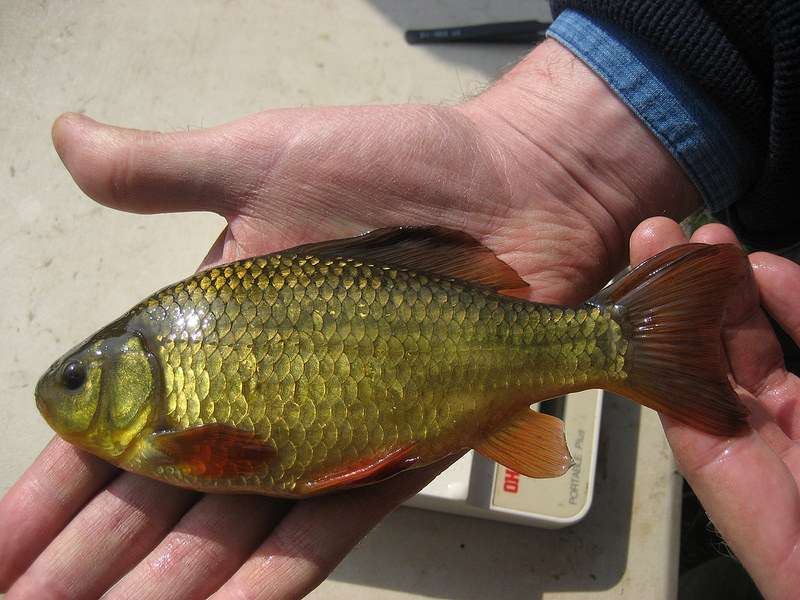Restoring seven ponds in seven days

Kicking off on 20 September, a conservation project in Norfolk is highlighting the vital role of ponds in the English countryside as part of a "seven ponds in seven days" restoration challenge.
Researchers at UCL, with support from the Norfolk Wildlife Trust and other conservation partners are leading a volunteer team of local farmers, gamekeepers and students to restore seven farmland ponds to the benefit of wildlife including amphibians and dragonflies. Funding comes from UCL as part of the recently launched Norfolk Ponds Project.
The challenge has been set to raise awareness of the importance of ponds, and to show how pond restoration can be achieved both cheaply and quickly. UCL will follow the progress of the seven ponds closely for the next few years and before and after studies will demonstrate the benefits to farmland wildlife.
Ponds can be wonderful habitats for aquatic biodiversity including threatened and important species such as the declining common toad, water vole and rare plants like stoneworts and pondweeds. They provide refuge for over two thirds of Britain's rarest freshwater wetland invertebrates and act as stepping stones that allow many species to move through the landscape.

Over the last 30 to 40 years the majority of ponds in English farmland have become overgrown by trees and bushes, with many others filled with soil and ploughed over to gain more agricultural land. UCL's research shows that ponds can be restored cheaply and rapidly with huge benefits to both aquatic and wider countryside species.
This ambitious week-long project will see the team restore seven ponds on farmland in the villages of Heydon and Brisley. Scrub will be removed from the south and west sides of the ponds to let light in, and mud will be removed to reduce the build-up of dead leaves, whose breakdown reduces oxygen in the water.
"It's a simple recipe for success," says Dr Carl Sayer (UCL Geography). "By bringing light and oxygen back to ponds, we have seen major increases in pond species and often very rare flora and fauna have returned to ponds in less than six months – they literally spring back into life! We are trying to bring more open sunny ponds into a landscape so entirely dominated by overgrown ponds and we need to try and re-connect people with ponds again. Years ago people used to fish in the ponds and children used to search for amphibians and would marvel at the mysterious pond wildlife. We are trying to help ponds by getting people to love them again."
Conservation Officer at Norfolk Wildlife Trust, Emily Nobbs said: "Ponds are incredible places for wildlife and hold a real fascination for many people. Although Norfolk holds more ponds than any other English county – with an estimated 23,000 ponds present – many are threatened by land reclamation, encroachment of trees, neglect, pollution and invasive species. The Norfolk Ponds Project is putting scientific research into practice, which will benefit Norfolk's wildlife."

UCL PhD students Helen Greaves and Emily Alderton (both UCL Geography) have started to shed light on how pond restoration works. Helen has monitored ponds before and after restoration showing remarkable increases in invertebrates and plant species, which colonise very quickly. "Dragonflies visit the ponds almost as soon as there is a break in the canopy" said Helen Greaves, "it's so quick, often while we are still working".
Water plants have been shown to return to restored ponds through the exposure of old, but very long lived seeds once surface mud is removed. "Pond mud is like a time capsule" says Emily Alderton. "In the green house, we have shown that seeds deposited centuries ago will grow readily when they come to the surface – they may well be viable for millennia".
This long-lived seed store is the key to pond restoration as it quickly leads to a pond literally brimming with water plants, drawing in many aquatic animals which live, hide and feed in the luxuriant underwater forest that the plant beds provide.
Provided by University College London

















